A FAST RUN BACK TO CAMPECHE
Driving back, we were in a race against time and a setting sun, but this was not a road that could be driven fast, so the only way to get an edge was to drive it efficiently. We passed through Bolonchen, which I remembered from before. The shadows were already getting longer, the townspeople winding out their day.
Scenes along the road in Bolonchen, Campeche
As we drove along the narrow streets of their little down town, people on the sidewalks all started pointing, but they weren’t pointing at my Jeep, they were pointing down the road, back the way we came, and some of them were shouting.
“What’s going on?” I asked, peering under the visor, blinded by the sun in my eyes.
“I dunno,” Mike replied, sticking his head out the window to see behind us. “Wait–oh, crap!”
“What?” And then I saw it. We were going the wrong way on a one-way street! A car coming toward us started blowing his horn, so I whipped around the first turn that we came to, and spent five minutes driving in circles before we reconnected with MX 261, pointed in the proper direction. So much for driving the road efficiently!
Back out on the highway, we made much better time, because there was very little traffic. At one point we overtook a small pickup truck, and when we pulled up alongside, I counted 19 people packed into the back, standing room only, plus three more in the cab.
Ride sharing, Campeche style!
They gave us a friendly wave as we passed them. I shuddered to think what would happen if that truck failed to slow down for a speed bump, or braked too hard for a cow or a stray dog!
By 5:30, we’d made it as far as Hopelchen, close to the halfway point, and not far from Tohcok, the little bonus ruin we’d stopped at earlier in the day. That meant we were doing okay, timewise–until we entered the town. Highways don’t always run in a straight line through small towns in Mexico. The required turns don’t always seem logical, and signs are often missing at critical road junctions. That’s okay for locals. They all know where to go. As for Me and Mike? We got sooo lost!
Hopelessly lost in Hopelchen
I wouldn’t have thought it possible to get so turned around in a town that small, but it was all narrow, one way streets, and none of them seemed to go through beyond the downtown. Hopelchen (Hopeless-chen) made our wrong-way adventure in Balonchen (Ball and Chain) seem like a minor blip in comparison. We lost the best part of ten minutes just getting out of there–and it was time we did NOT have to spare! Funny thing was, we’d had no problem driving through that same town earlier in the day, while headed in the other direction. Now, because we were in a hurry, Murphy’s law kicked in on us, and we made nothing but wrong turns.
Scenes in and around Cayal, Campeche, getting late in the day!
6:00 PM! We passed through the tiny town of Cayal, with the sun dropping lower every minute. We had 30 miles to go, and half an hour until sundown. On any modern road, this wouldn’t have been a problem, but on MX 261, it was like the impossible dream. I drove as fast as I dared, making up a little time on the open stretches, but the closer we got to Campeche, the more people we encountered, and the more people, the more topes!
I put Mike in charge of Speed Bump Spotting, and working as a team, we managed to avoid most of them. Once or twice, his shout of TOE-PAY! came too late for me to slow down, and we hit those suckers, KA-BAM! Hard enough to rattle our teeth, and send our luggage flying. I never blew any tires, hitting topes at speed, but there was cumulative damage to my front end: control arms, bushings, steering components, shocks. I suspect that the repair shops in Mexico that do that kind of work must have more business than they can handle.
We rolled into Campeche about 6:45, parking in the lot by our hotel just as dusk faded into darkness, and the lights of the city came on. We freshened up in our room, and then went out on the town for a seafood dinner (giant shrimp, as I recall), followed by a stroll around the old town, and the central plaza. The afternoon and evening of the previous day we’d watched an amazing “Festival of Dance and Folklore” right there in the plaza. This evening, it was a light show!
Campeche is one of the most colorful cities in Mexico, with storefronts and houses in the historic sector painted in a dozen shades of pastel. That night, they kept that theme going with a colored light show in the plaza. Multi-hued spotlights focused on a long row of arches.
Colors shifted, messages flashed, and then a series of portraits appeared, people from the town, each arch framing a different face.
On the other side of the Plaza, colored spotlights illuminated Campeche’s historic Cathedral, a play of light and shadow against a sky that was dark with clouds, save for one spot, where an almost full moon shone down through a small break in the overcast. With the spotlights and the portraits on one side, and the brightly colored cathedral on the other side, Campeche’s Plaza was a psychedelic trip!
We’d had an exhausting day. Almost five hours of driving, four sets of Mayan ruins, several miles of walking (most of that at Sayil). We already had our plan set for the next day: we were going to drive back to Palenque, and from there we were going to visit one last Mayan ruin, a place called Bonampak, near the border with Guatemala, famous for remarkably preserved painted murals. After Bonampak, assuming the roads were clear, we’d cross the mountains to San Cristobal de las Casas before beginning our journey back north. We’d already seen so much, it was hard to believe we’d only been on the road for 16 days. We were past our halfway point, but we still a LOT to look forward to!
Next up: The Road to Bonampak



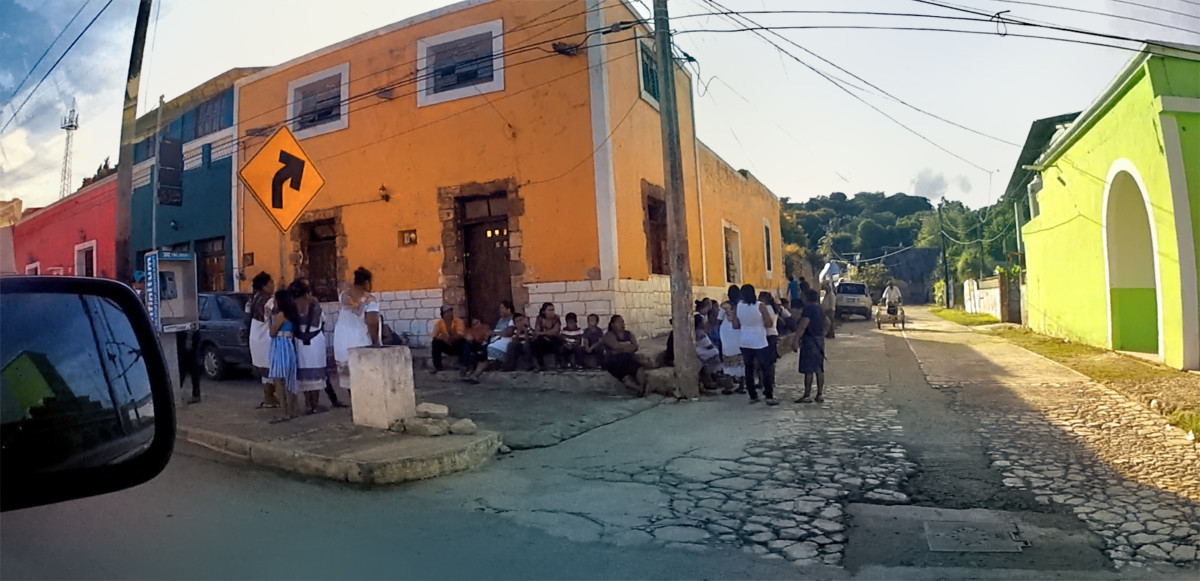
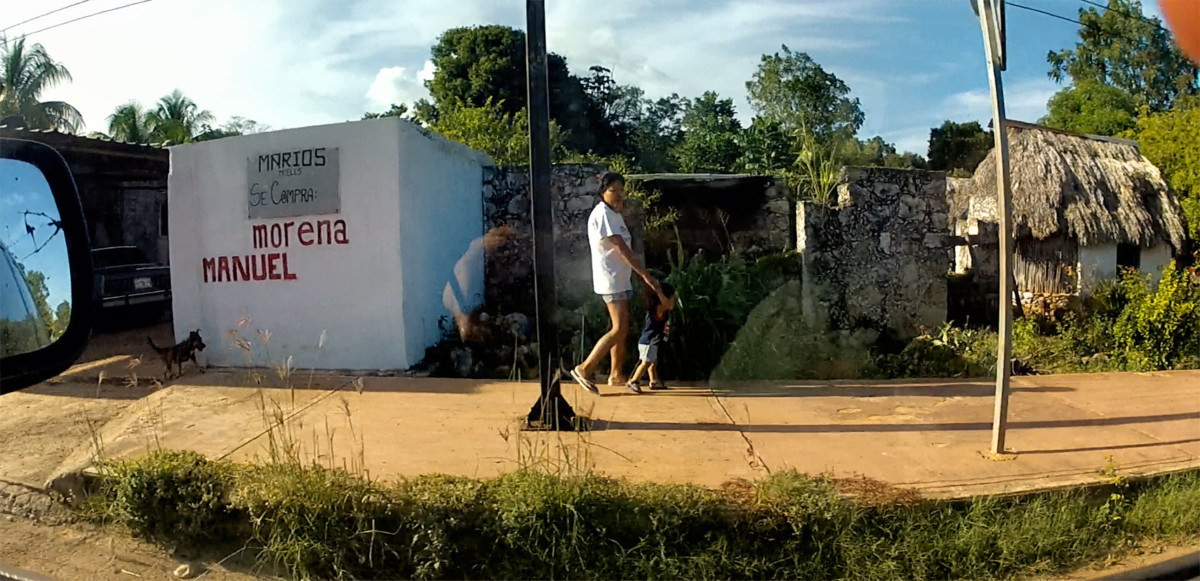
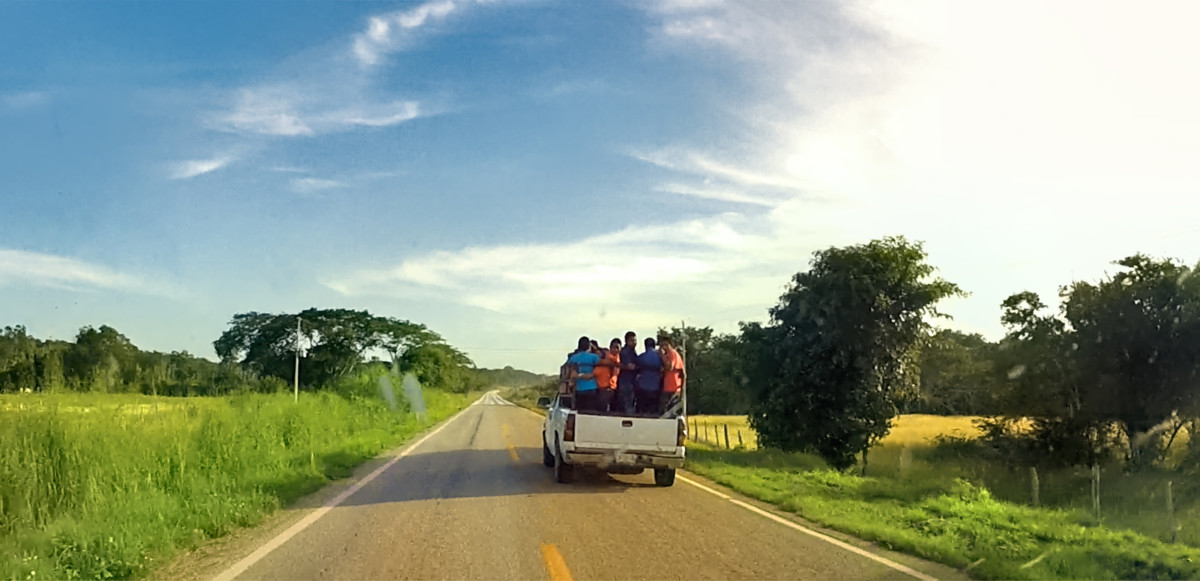
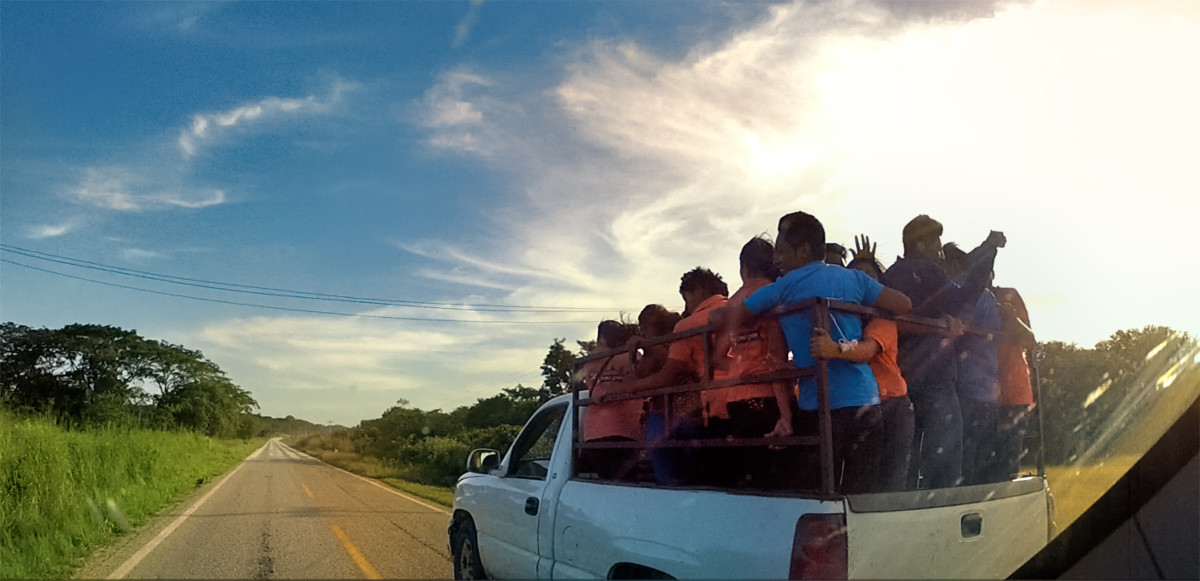
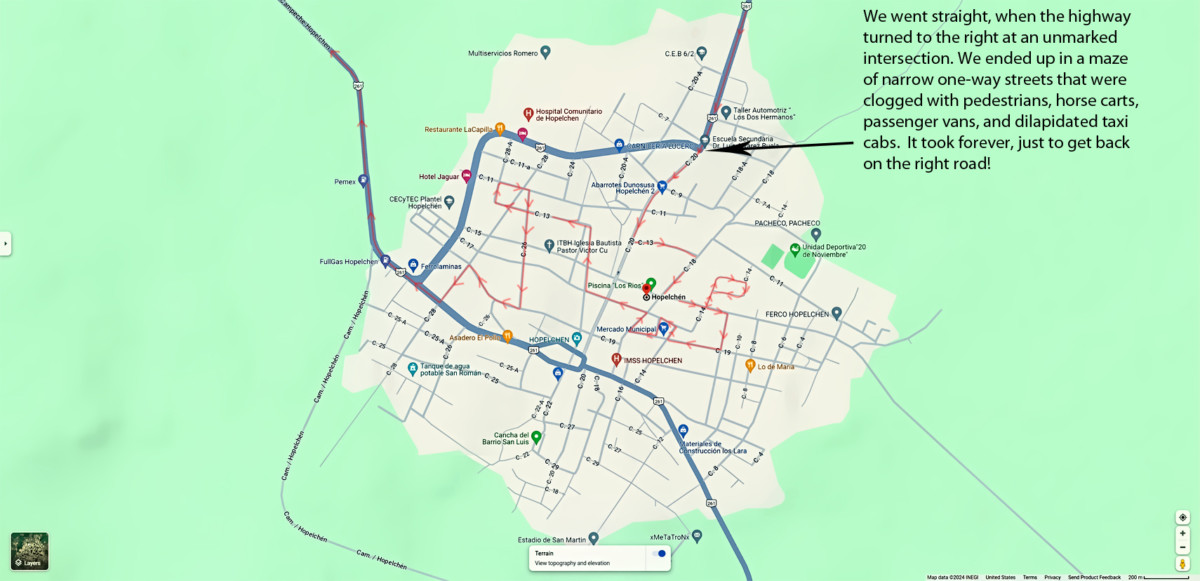
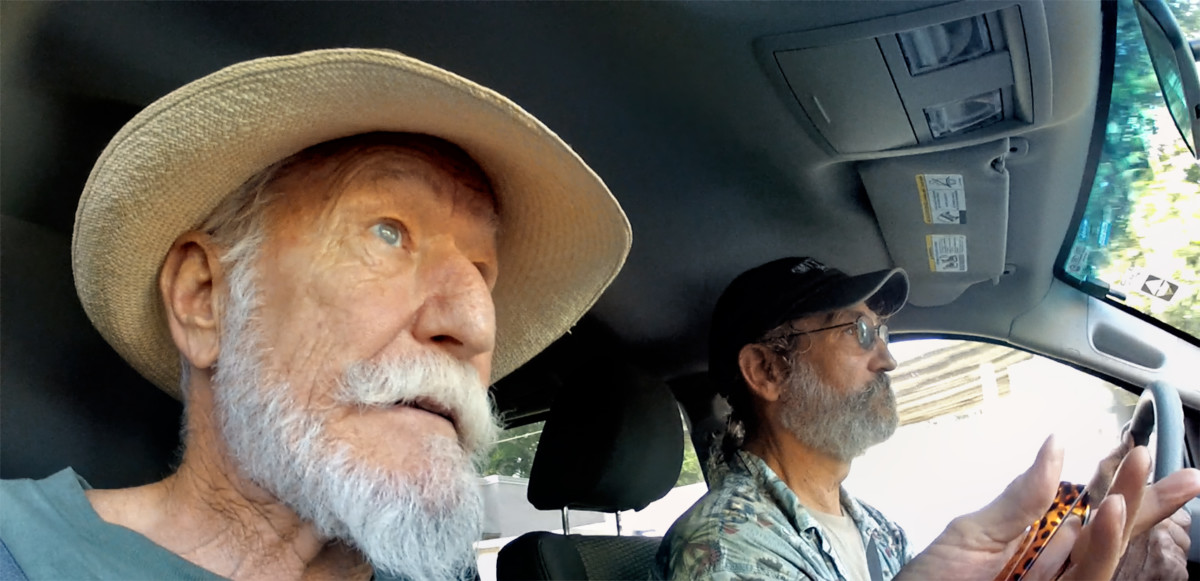
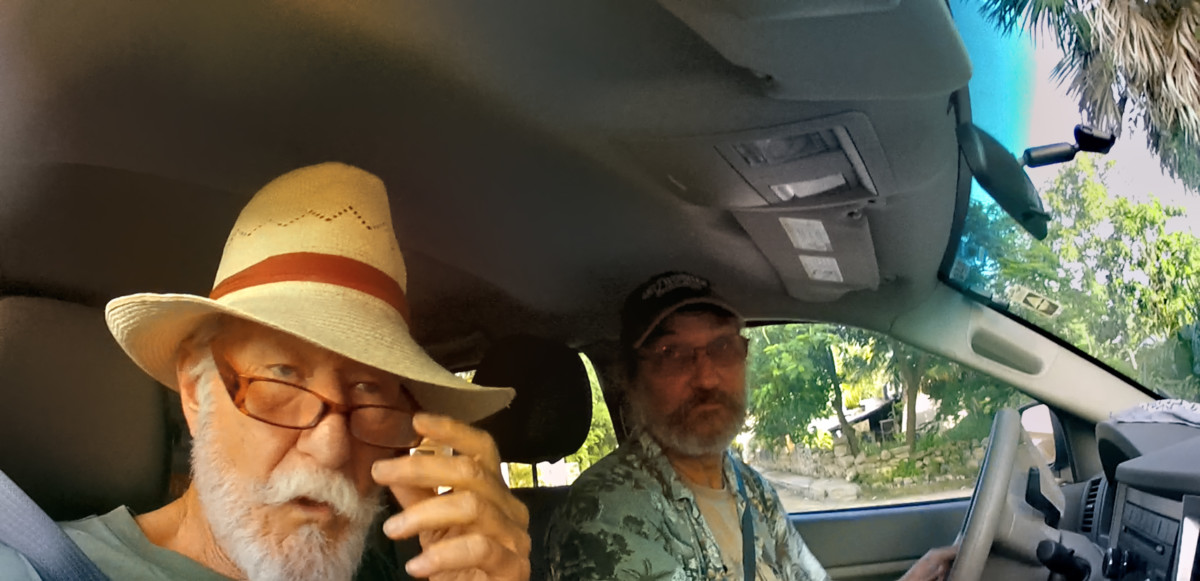
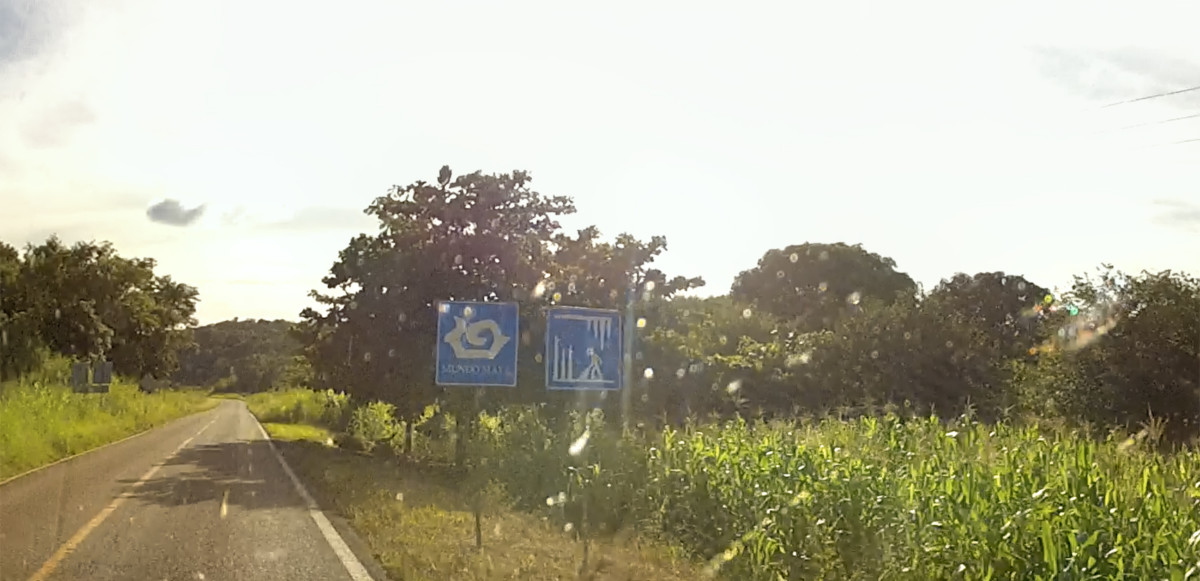
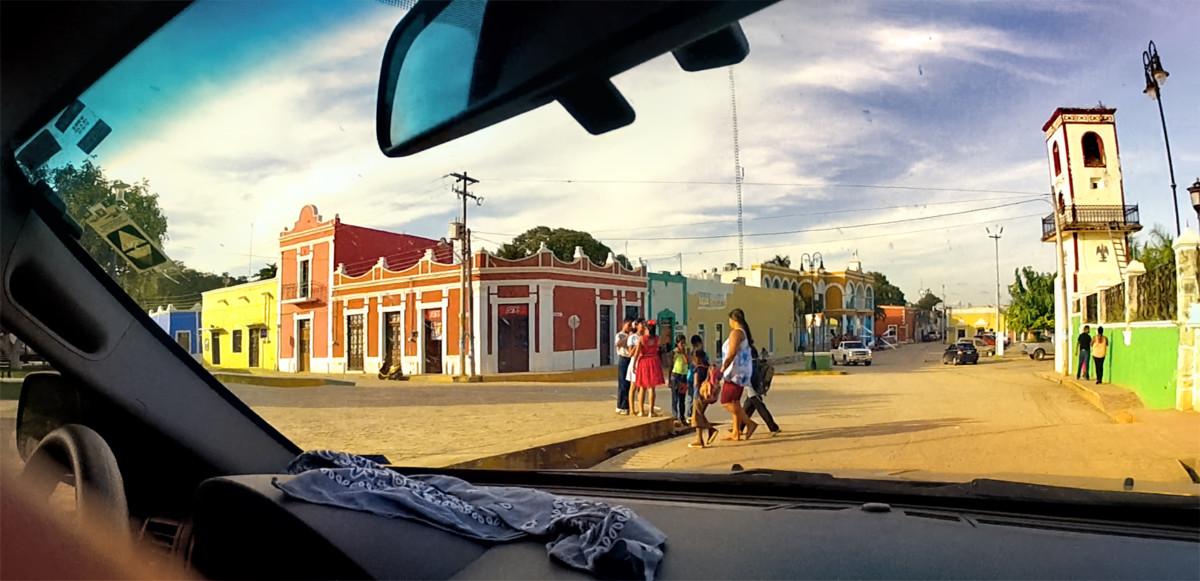
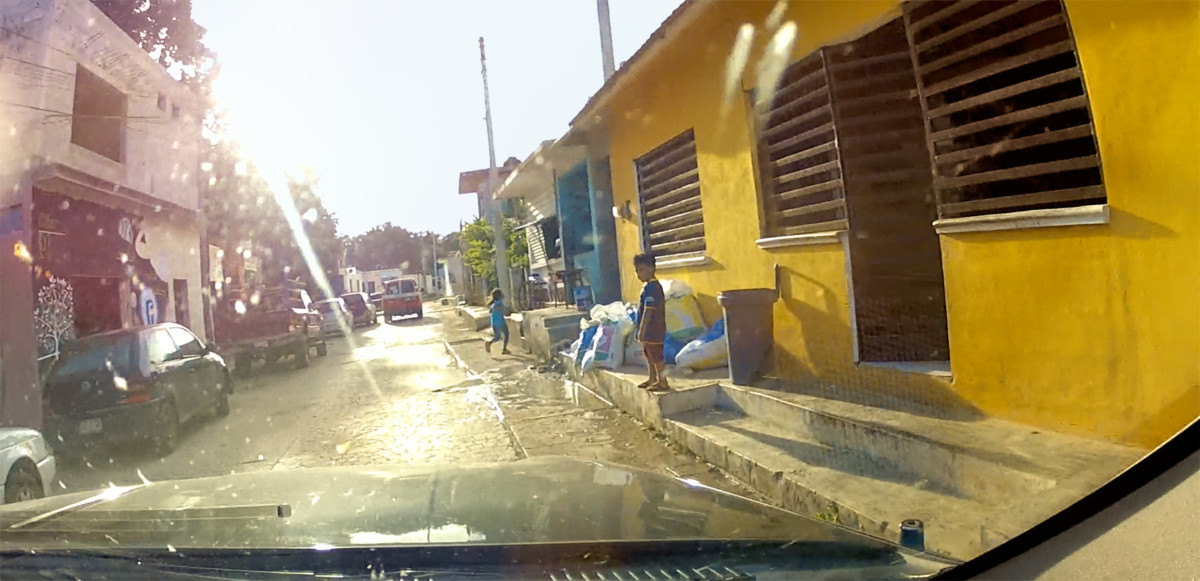
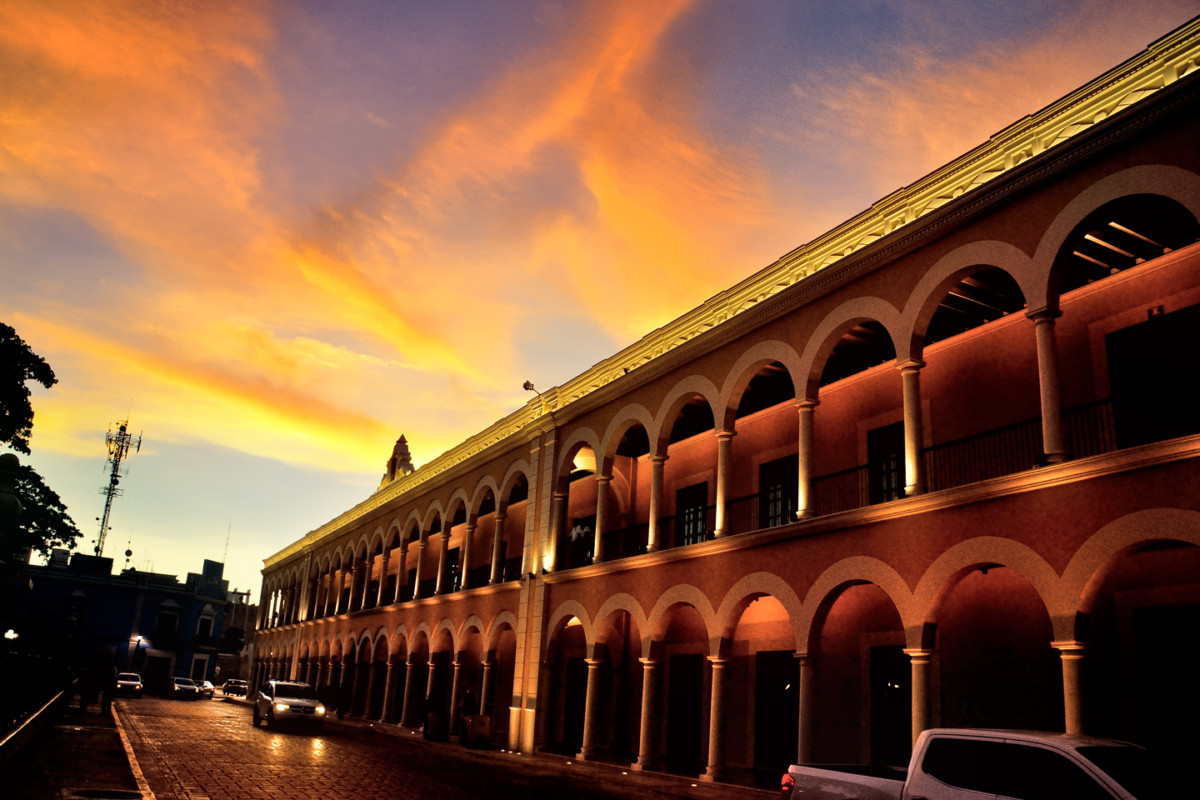
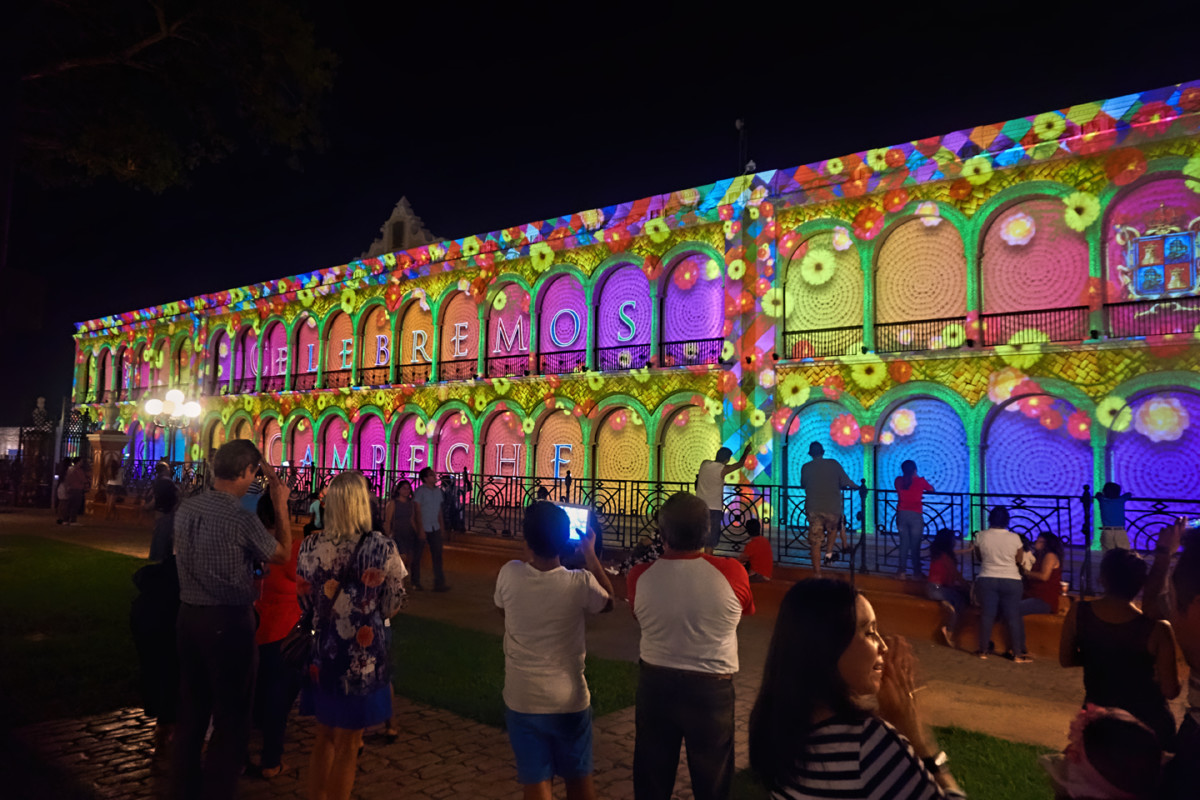

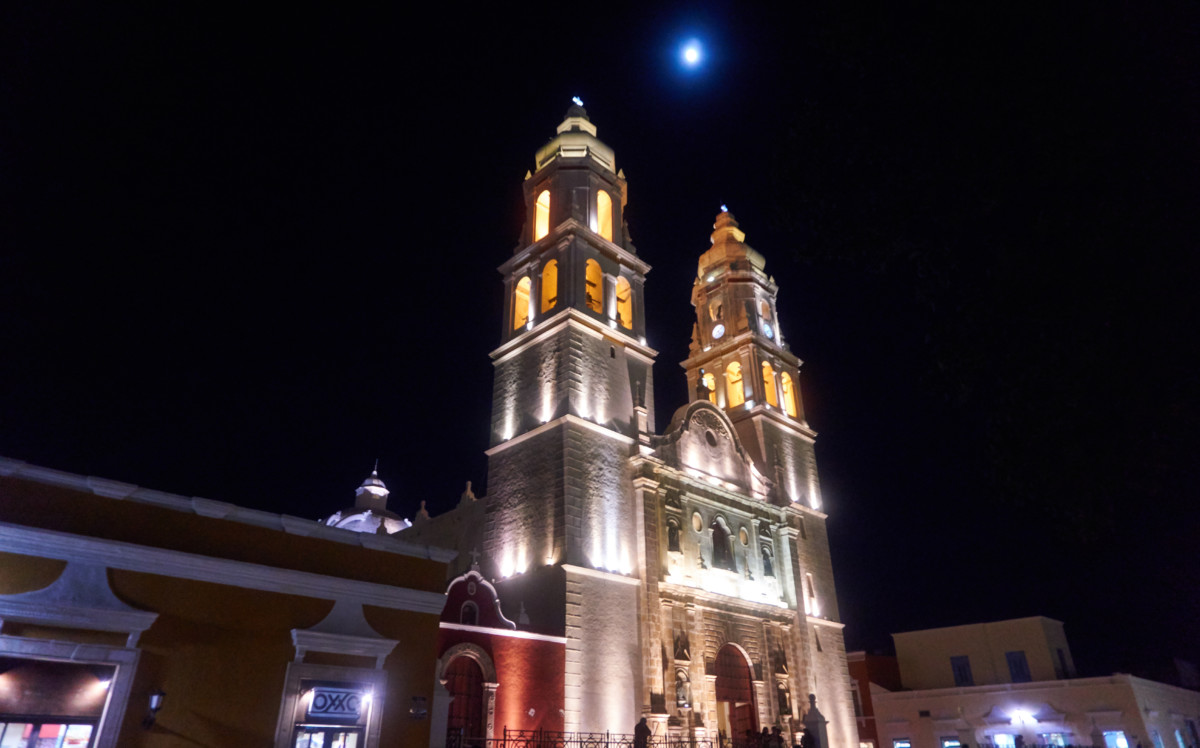
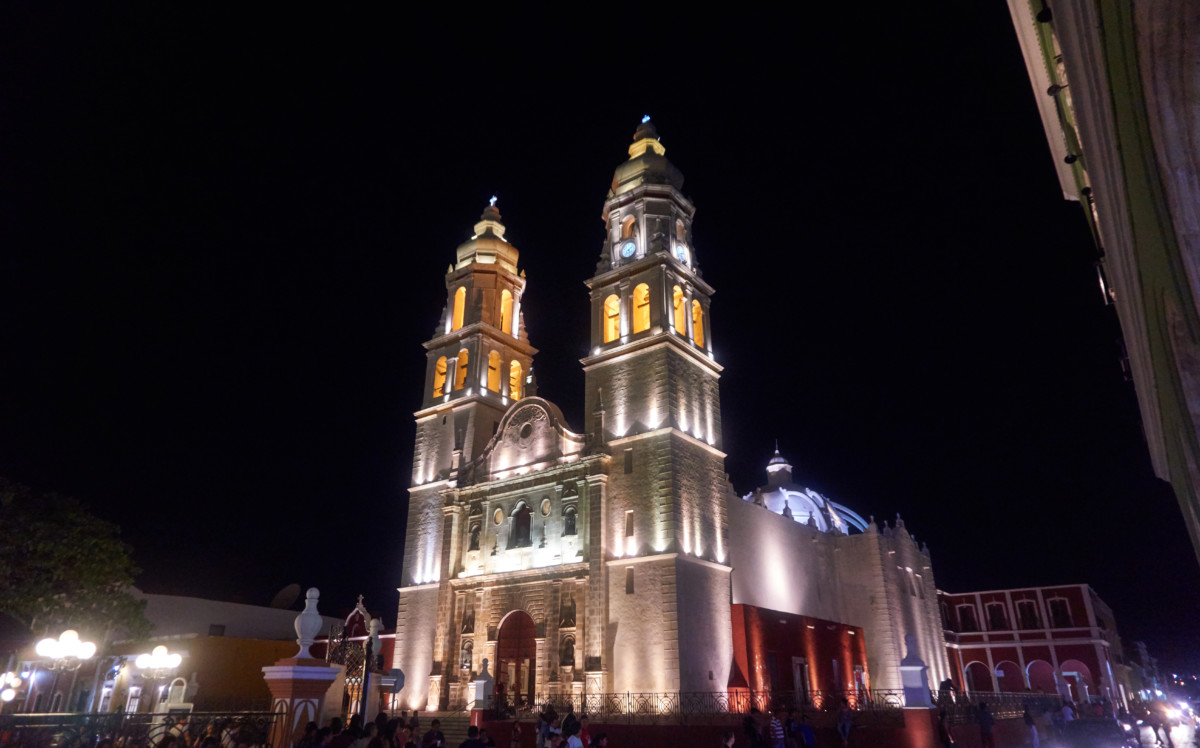

 Reply With Quote
Reply With Quote

